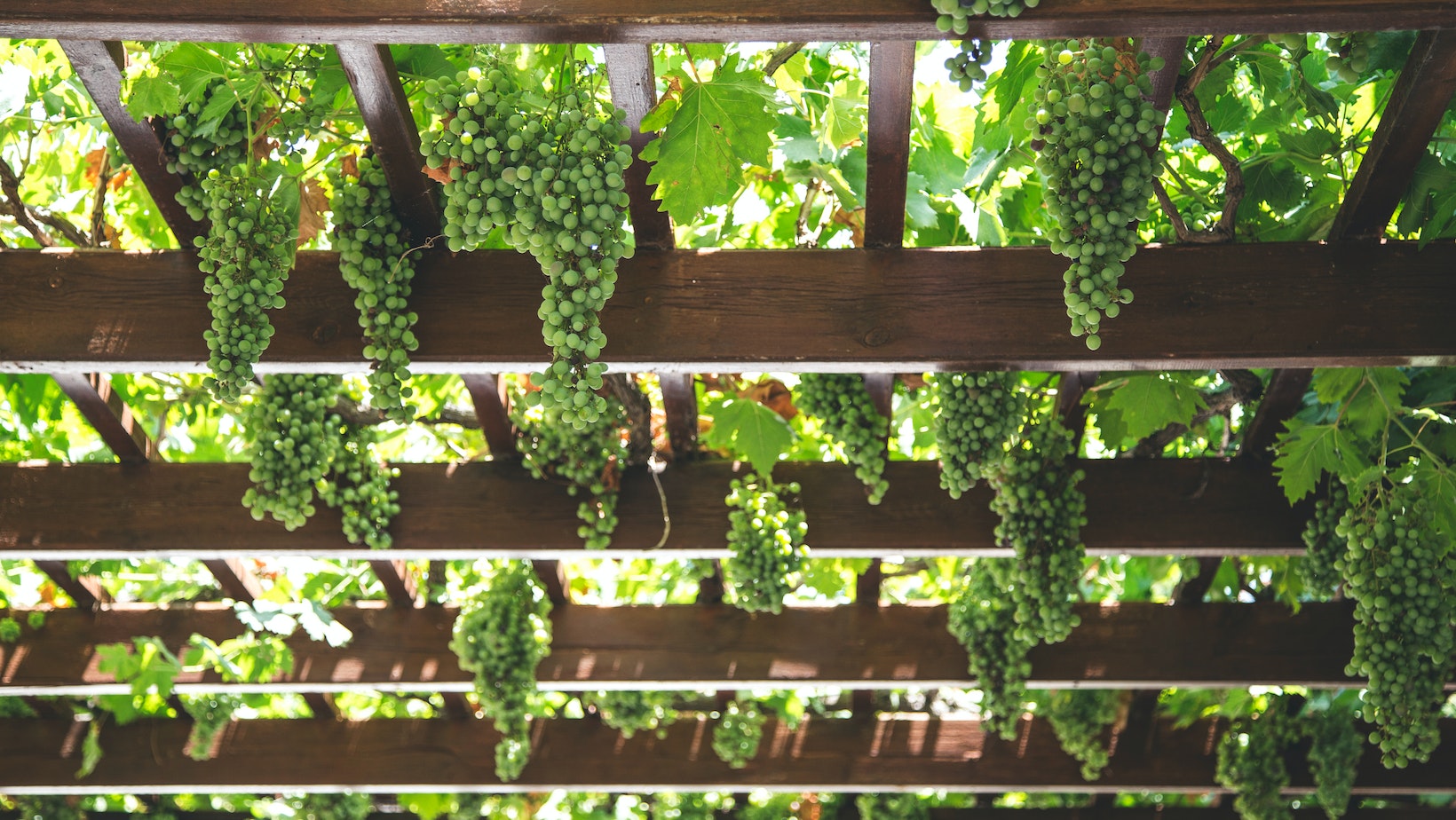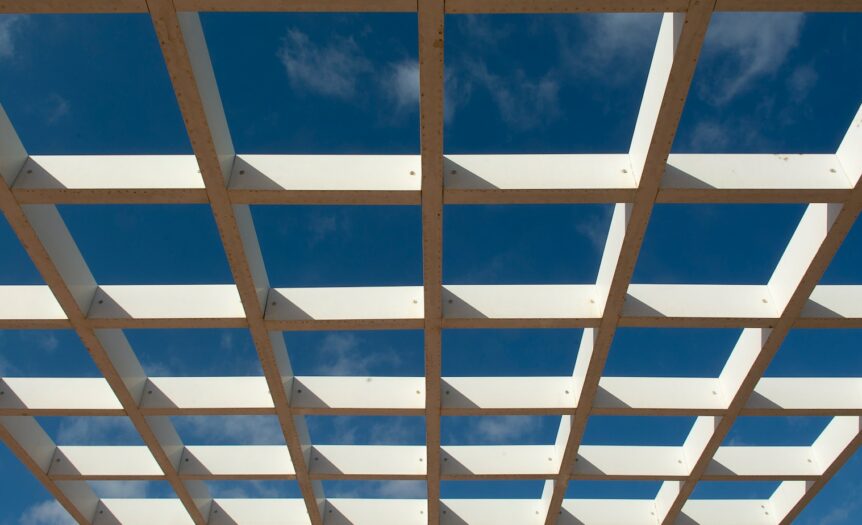When it comes to outdoor structures, pergolas and gazebos are two popular options that can enhance the beauty and functionality of your backyard. Both offer shade and a sense of privacy, but they each have their own unique features. Let’s take a closer look at the differences between a pergola and a gazebo.
A pergola is an open-air structure typically made with vertical posts and crossbeams that form an overhead lattice or roof. It provides partial shade while still allowing airflow and natural light to pass through. Pergolas are often used to create a defined space for outdoor dining or lounging areas, as well as to support climbing plants like vines or flowers.
On the other hand, a gazebo is a fully enclosed structure with solid walls and a roof. It offers complete protection from the elements, making it suitable for use year-round. Gazebos are often used as standalone structures in gardens or parks, providing a cozy sheltered area for relaxation or entertaining guests.
What is a Gazebo?
Gazebos are outdoor structures that provide a shaded and sheltered area for relaxation, socializing, or enjoying the surrounding landscape. They are often found in gardens, parks, and other outdoor spaces. In this section, we’ll delve into the origin of gazebos, their key features, and the different types available.
Key Features of a Gazebo
Gazebos typically feature several distinctive elements that set them apart from other outdoor structures:
- Roof: Gazebos have a roof that provides protection from rain and excessive sunlight.
- Open Sides: Unlike enclosed structures like sheds or cabins, gazebos have open sides that allow for better airflow and unobstructed views.
- Support Structure: Most gazebos have columns or posts that support the roof structure.
- Decorative Details: Many gazebos feature decorative elements such as ornate carvings, lattice panels, or intricate designs on their columns or railings.
- Flooring Options: Gazebos can be built directly on the ground or include flooring options like wood decking or stone tiles for added comfort.

Pergola Vs Gazebo
When it comes to transforming your outdoor space, two popular options that often come up are pergolas and gazebos. While both structures offer a way to enhance your backyard, they have distinct differences in terms of functionality and purpose.
Which One is Right for You? Factors to Consider
Choosing between a pergola and gazebo depends on several factors that should align with your specific needs and preferences. Here are some key considerations:
- Functionality: Determine how you plan to use your outdoor space. If you envision hosting gatherings or creating an alfresco dining area, a pergola’s open design may be more suitable. However, if you prefer a cozy spot for relaxation or even setting up an outdoor office, a gazebo could provide the enclosed environment you desire.
- Aesthetic Appeal: Think about the overall look you want to achieve in your backyard. Pergolas offer a more modern and minimalist aesthetic with their open structure that allows vines or flowers to grow through the lattice roof. Gazebos, on the other hand, have a classic and elegant appearance that can add a touch of sophistication to your outdoor space.
- Budget: Consider your budget as pergolas tend to be more cost-effective compared to gazebos due to their simpler design and construction. However, keep in mind that additional features such as lighting or privacy curtains may increase the overall cost of both structures.
- Climate: Evaluate the climate in your area. Pergolas are great for mild climates where shade is desired without completely blocking out sunlight. In contrast, if you live in an area with unpredictable weather patterns or harsh conditions, a gazebo’s solid walls and roof can provide better protection from wind, rain, or excessive sun exposure.
In conclusion, when deciding between a pergola and gazebo, consider factors like functionality, aesthetic appeal, budget, and climate. Understanding these differences will help you choose the right structure that not only complements your outdoor space but also meets your needs in terms of purpose and style. So, take the time to evaluate your requirements and envision how each structure can transform your backyard into a welcoming haven.






